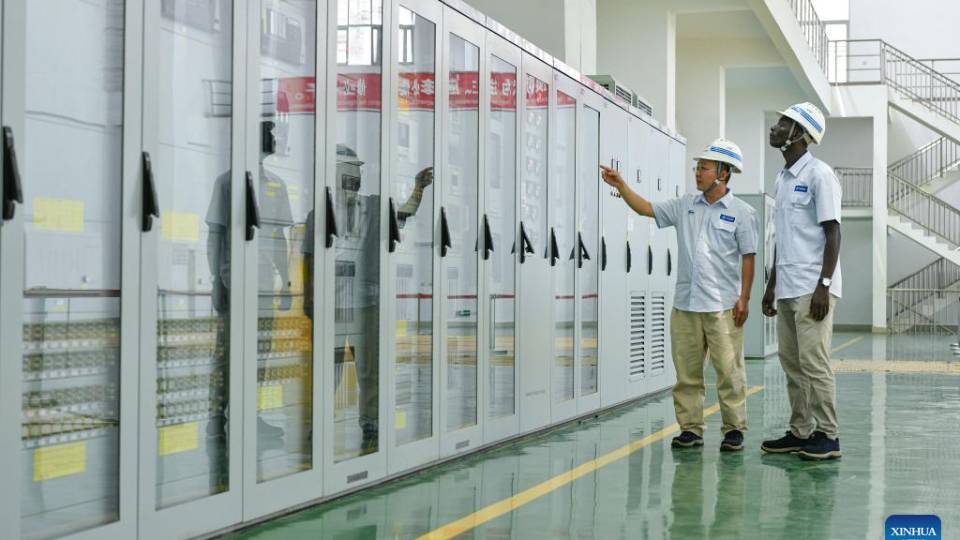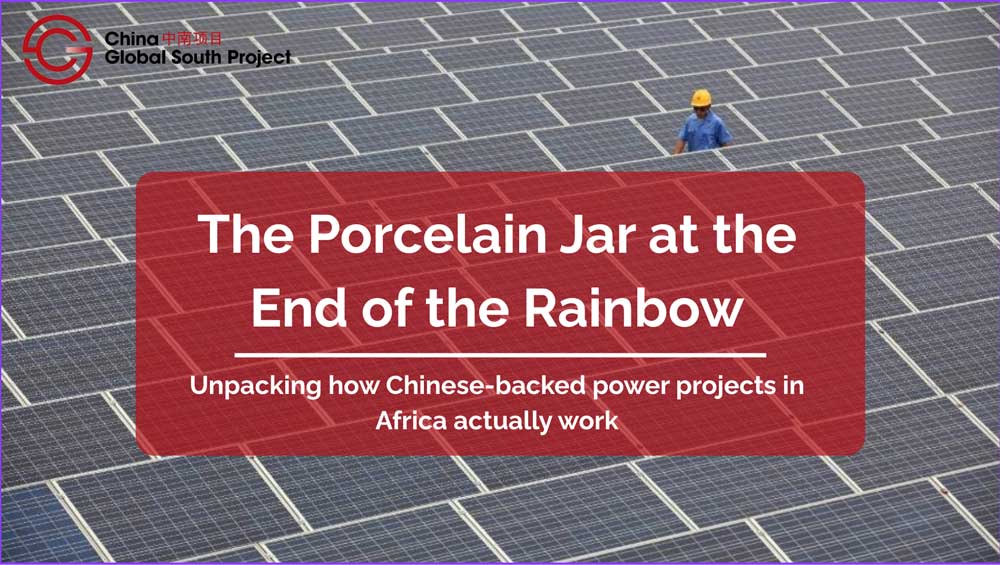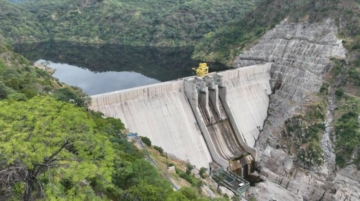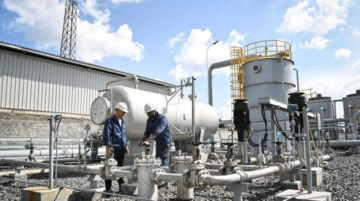
The financing may be Chinese, the builders Chinese too, but the consequences are overwhelmingly those of the host state. Decisions, often made in boardrooms thousands of kilometers away, can shape the development trajectory of African countries for decades. That is why understanding how Chinese infrastructure projects are financed, and what room African governments have to negotiate those terms, is essential.
This article distils the core insights from the previous discussions on Chinese finance, covering the two main investment streams (state-backed and FDI), the typical contracts underpinning state-backed projects, and the mechanics of resource-backed finance. Together, these perspectives offer a clearer picture of how infrastructure deals are structured and how host governments can shape them.
The structuring of Chinese-backed finance is not governed solely by Beijing’s preferences or bank policy. Rather, it is also influenced by how well-prepared host governments are to engage. Where governments presented unified positions and conducted rigorous internal reviews before negotiations, they were often able to secure more favorable terms, whether through adjustments in the concessional-to-commercial loan ratio, extended grace periods, or reductions in upfront counterpart funding requirements.
In contrast, projects that moved forward without strong internal coordination or sectoral alignment were more likely to face rigid terms and limited room for renegotiation. Critically, the presence of skilled negotiators, especially those with financial, legal, and engineering expertise, emerged as a strong predictor of government agency during the financing phase.
Rather than being passive recipients of ready-made finance packages, these host states exercised influence at key moments by questioning assumptions, proposing alternatives, and leveraging political or economic arguments that aligned with the lenders’ own priorities. These findings reinforce a central insight from this research: although Chinese finance is often viewed as highly centralized and prescriptive, the actual deals struck are often shaped in quiet but consequential ways by the competence, coherence, and confidence of the governments sitting across the table.
To recap, Chinese investment in Africa’s power sector generally flows through two main pathways: foreign direct investment (FDI) and state-backed finance. FDI typically involves Chinese companies taking on commercial risk to develop energy assets, while state-backed projects are underpinned by concessional and commercial loans issued by Chinese policy banks to African governments. These state-backed projects often take the form of EPC+F arrangements, engineering, procurement, and construction bundled with finance, where the Chinese contractor also sources financing and executes the project.
These deals are structured around a series of interlinked contracts, including EPC contracts, preferential and commercial loan agreements, on-lending agreements, power purchase agreements, repayment control mechanisms, and security arrangements. Each of these carries terms that influence fiscal exposure, project quality, and long-term sustainability.
For example, funds typically flow directly from Chinese banks to Chinese contractors based on milestone certifications, bypassing national budgets and reducing domestic oversight. Loan terms often include fixed interest rates, strict repayment schedules, and confidentiality clauses. Critical costs, such as land acquisition and resettlement costs, are frequently excluded from the financing package, leaving additional financial burdens for the host state.
In some cases, financing is further secured through resource-backed arrangements, where future commodity exports, such as oil or copper, are used to repay infrastructure loans. While this offers a way to sidestep immediate fiscal constraints, it introduces its own risks, including price volatility, opaque repayment structures, and challenges with aligning infrastructure development to national priorities.
Across these models, one thread is clear: host states play a vital role in shaping the final deal. Structural factors such as economic performance, creditworthiness, and debt levels may limit bargaining power. However, there are areas where terms can be shaped significantly.
What Can Be Negotiated
- Split between concessional and commercial loans: Policy banks often have a maximum allowable concessional-to-commercial loan ratio (e.g., 55/45). If the proposed terms fall below this cap, for example, with a lower concessional element, governments can negotiate more favorable terms by requesting a higher share of concessional financing, up to the permitted limit.
- Interest rate on commercial loans: While base terms may be standardized (e.g., LIBOR + 3.5%), some countries have secured lower margins, indicating the interest rate on the commercial loan is negotiable.
- Tenor and grace periods: Negotiations can lead to extended repayment periods and longer grace windows for both concessional and commercial loans.
- Use of natural resources: Governments can choose whether or not to use resources (such as cocoa or oil) as collateral or repayment streams. Some have declined these options entirely.
- Counterpart funding requirements: These can sometimes be negotiated downward to reduce upfront government expenditure.
In short, agency matters. Even in deals with some pre-set frameworks, host governments have influenced outcomes, sometimes significantly. The key lies in early engagement, strategic clarity, as well as the skill and understanding of negotiation teams.
Understanding what is, and is not, negotiable can make the difference between a project that accelerates development and one that deepens fiscal pressure. As Chinese financing continues to play a prominent role in Africa’s infrastructure development, it is imperative for host states to walk in prepared.
That preparation begins with understanding the financing models, contract structures, and available mechanisms to ensure projects are aligned with national development priorities. It ends with recognising that while the infrastructure may be imported, the responsibility and opportunity for impact lie firmly at home. Yet finance is only one part of the equation.
The next article looks at how these projects move from concept to contract, unpacking procurement processes and examining how decisions about who builds what, and how, affect both delivery and long-term value.

About This Series
This article is part of “The Porcelain Jar at the End of the Rainbow,” a new series from the China Global South Project that unpacks how Chinese-backed power projects in Africa actually work. As global development partners shift and electricity demand rises, understanding China’s role — from financing and procurement to project delivery — has never been more important. Each installment offers practical, field-informed insights for policymakers, developers, and researchers navigating complex infrastructure environments.
The series is complemented by CGSP’s interactive Energy Tracker, a tool that maps Chinese-supported power generation projects across Africa, including data on capacity, financing, ownership, and implementation status.








